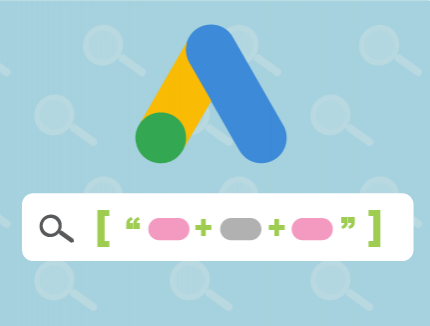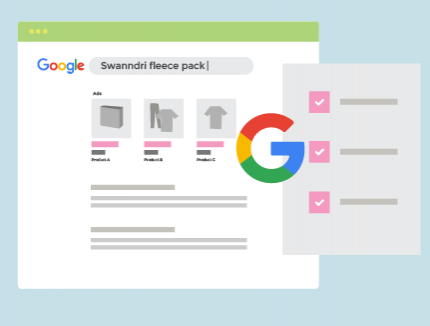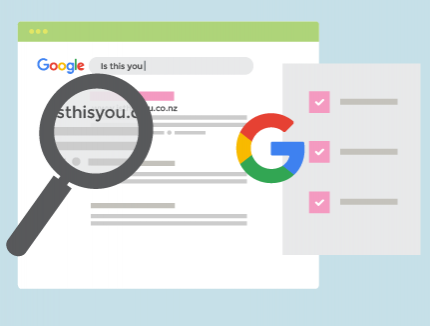BLOG
Engaging Customers with Push Notifications
With almost every company under the sun now operating online, competition for user attention is fierce. Push notifications is a recent user-engagement innovation growing by leaps and bounds. Well aligned with how we intuitively respond to notifications on mobile and subject to rapid evolution on desktop, push notifications are an effective avenue of user engagement that can benefit businesses across many industries. Let’s look at how…With almost every company under the sun now operating online, competition for user attention is fierce. Push notifications is a recent user-engagement innovation growing by leaps and bounds. Well aligned with how we intuitively respond to notifications on mobile and subject to rapid evolution on desktop, push notifications are an effective avenue of user engagement that can benefit businesses across many industries. Let’s look at how…
What are push notifications?
Put plainly, a push notification is a way for a business to send its users a notification direct to their desktop or mobile screen, regardless of what programs or apps they have running. The notification is ‘pushed’ to the user without them having to do anything, allowing them to click or tap it to head to the related website or app.
Push notifications in their older form are the likes of Outlook telling you there’s new mail in your inbox on your desktop computer. A more modern form is the YouTube app on your mobile letting you know one of your followed channels has uploaded a new video.
The next frontier that we’re all interested in is push notification plug-ins for websites that can help a range of businesses keep their customers informed about new offers in their products and services.
Who are push notifications for?
A broad variety of companies can benefit from push notifications. Online media outlets use them to inform readers of newly published articles. E-commerce websites are huge beneficiaries of push notifications and can employ them to flag product-specific or site-wide sales and special offers like ‘Free shipping for the next hour’ or ‘2-4-1 all day Today’.
Geo-targeted push notifications can be utilised by businesses wanting to alert customers of their proximity to a location where their services are available — like a motorhome-friendly campsite, a supermarket that sells their wines or a restaurant that uses their produce.
These are but a few examples of the endless possibilities across all kinds of industry. Like flight delay and package shipping notifications, etc; push notifications can be employed in almost any situation where the user has opted-in to accept them and the merchant wants to alert them of something.
8 key benefits of push notifications
- Because they are so natural on mobile thanks to Facebook and similar channels, push notifications have high average open rates of over 50%.
- The instant notifications go direct to desktops and locked/home mobile screens, so they aren’t subject to spam filters like emails and can be read then and there for better exposure.
- Opt-in requests are customisable meaning businesses can choose how and when they ask users to opt-in to push notifications. Most importantly — you can curtail the generic, browser-generated opt-in request which only gives users one chance to opt-in. This is done by serving users your more explanatory and appetising customised opt-in request first, which only triggers the one-off browser-generated request if the user shows interest. This can be done multiple times.
- They are supported by multiple website CMS platforms and browsers (Chrome, Firefox, Opera, Safari and Microsoft Edge).
- They can target specific segments of users based on their previous purchases, location and other attributes.
- Notifications can be scheduled to be delivered in the future.
- They are served to mobile/tablet users even when their web browser is not open.
- Analytics can be gathered, measuring how notifications convert into website sessions.
- Event-based push notifications are ideal for encouraging repeat purchases.
How to set up push notifications for your website
To utilise push notifications, you’ll need a built-for-purpose plug-in for your website CMS. The development boffins here at Limelight Online can come to the party here, finding (or building) the right plug-in for your specific CMS, installing it and getting you up and running.
From there you can engage with your customers by creating push notifications from scratch or using templates, configuring user segments to send them to and scheduling when to send them.
Pushing customer engagement with notifications
The arena of push notifications is evolving quickly and of benefit to a wider section of companies than ever before, so it’s a great time to push your way on board. If you’d like to learn more about how push notifications can be used to bolster your customer engagement efforts, let’s chat.









